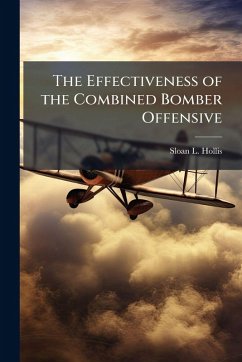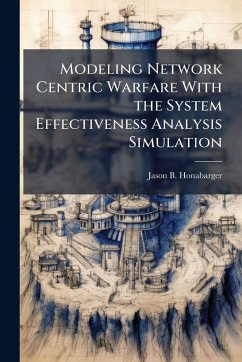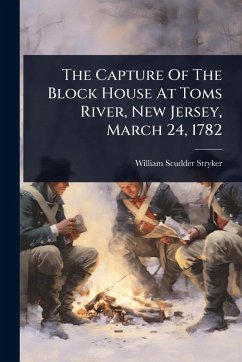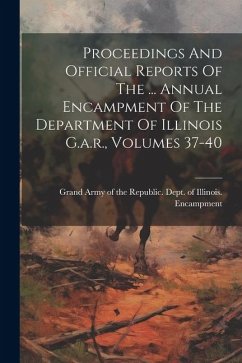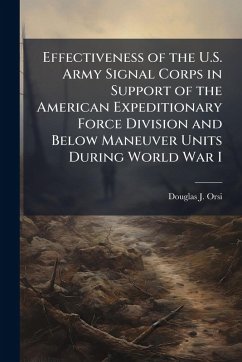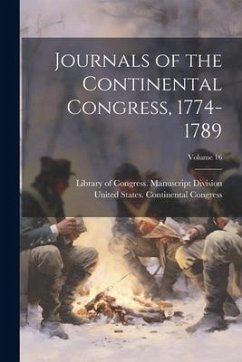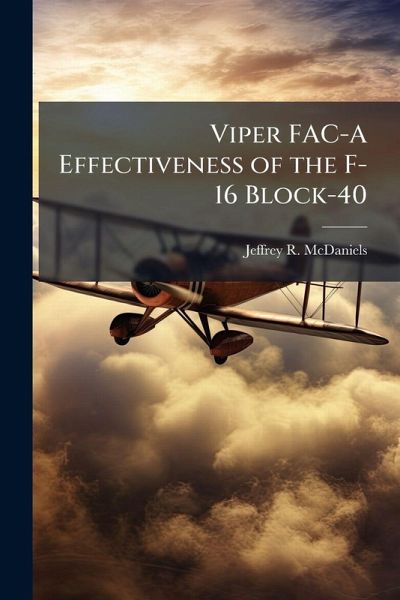
Viper FAC-A Effectiveness of the F-16 Block-40

PAYBACK Punkte
7 °P sammeln!
The USAF recently put its personnel, training, and equipment to the ultimate test--combat--during Operation Allied Force. During OAF, F-16 Block-40 equipped units flew as Forward Air Controllers Airborne for the first time in major combat operations. This study focuses on what the FAC-As learned from the war and how they can perform better in the next conflict. By looking at the past and adapting it to the future, one can be more successful. In that light, this paper first lays the foundation by describing applicable events of OAF. These include mission descriptions, training programs, and tec...
The USAF recently put its personnel, training, and equipment to the ultimate test--combat--during Operation Allied Force. During OAF, F-16 Block-40 equipped units flew as Forward Air Controllers Airborne for the first time in major combat operations. This study focuses on what the FAC-As learned from the war and how they can perform better in the next conflict. By looking at the past and adapting it to the future, one can be more successful. In that light, this paper first lays the foundation by describing applicable events of OAF. These include mission descriptions, training programs, and technology. Next, the research attempts to analyze how the training and technology impacted these missions. This work has been selected by scholars as being culturally important, and is part of the knowledge base of civilization as we know it. This work was reproduced from the original artifact, and remains as true to the original work as possible. Therefore, you will see the original copyright references, library stamps (as most of these works have been housed in our most important libraries around the world), and other notations in the work. This work is in the public domain in the United States of America, and possibly other nations. Within the United States, you may freely copy and distribute this work, as no entity (individual or corporate) has a copyright on the body of the work. As a reproduction of a historical artifact, this work may contain missing or blurred pages, poor pictures, errant marks, etc. Scholars believe, and we concur, that this work is important enough to be preserved, reproduced, and made generally available to the public. We appreciate your support of the preservation process, and thank you for being an important part of keeping this knowledge alive and relevant.



